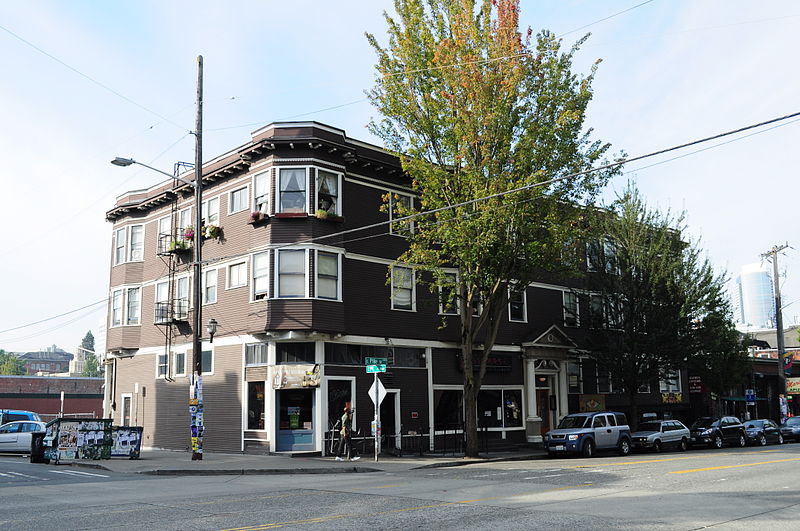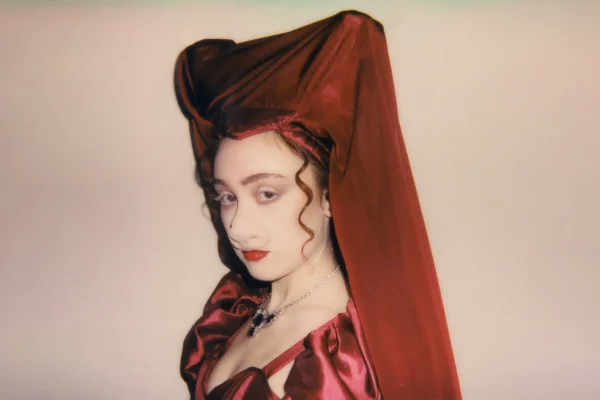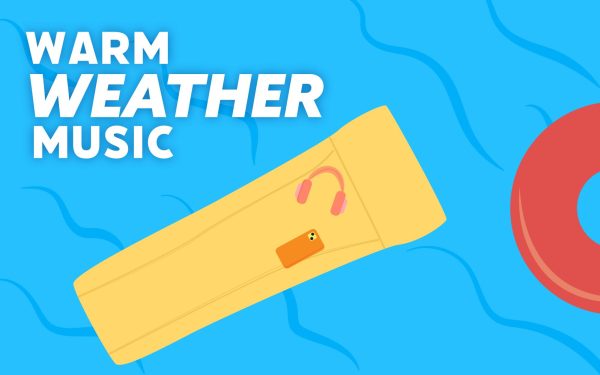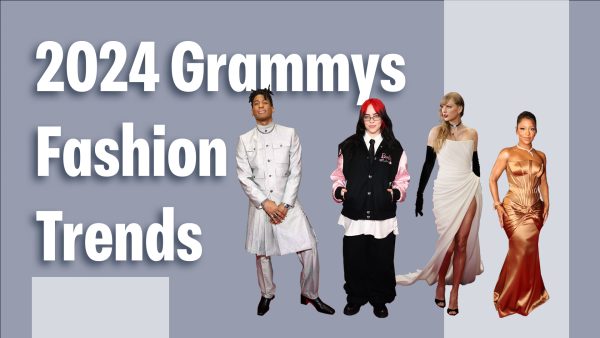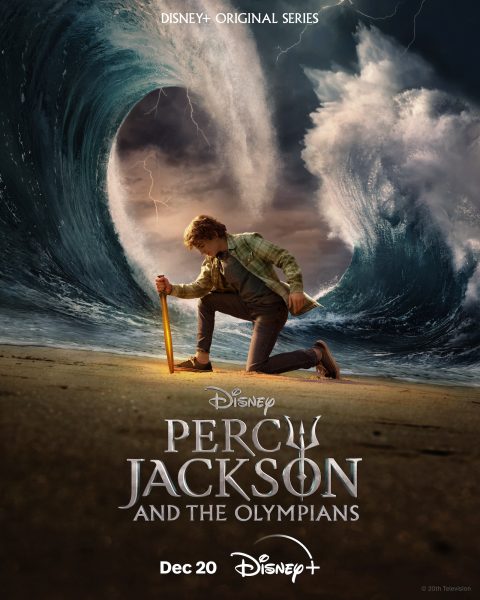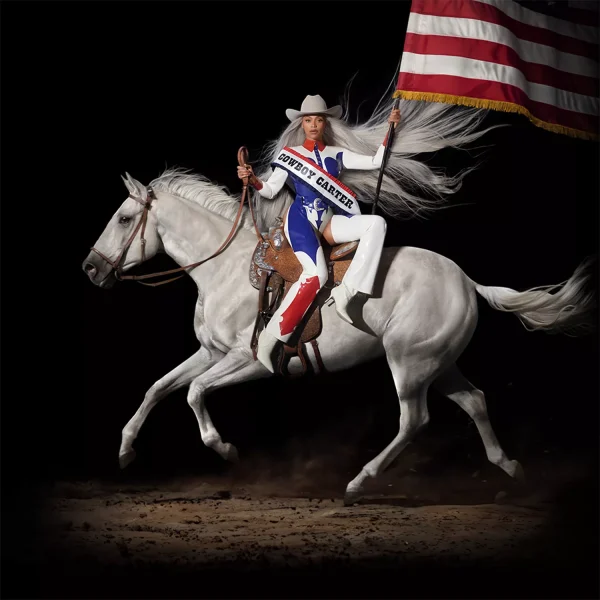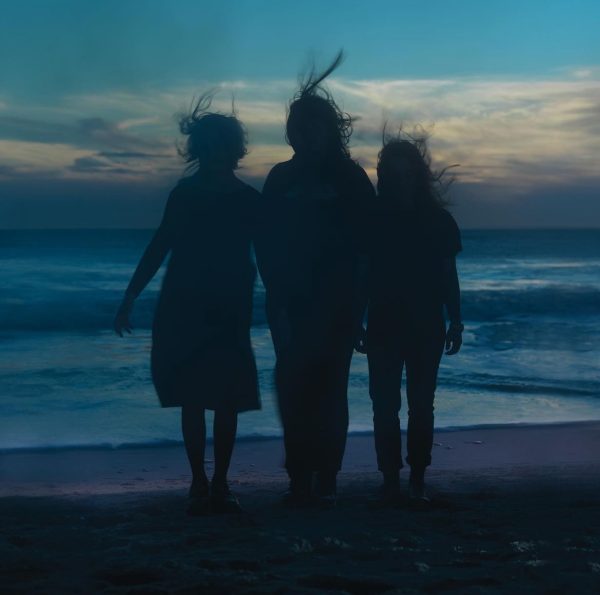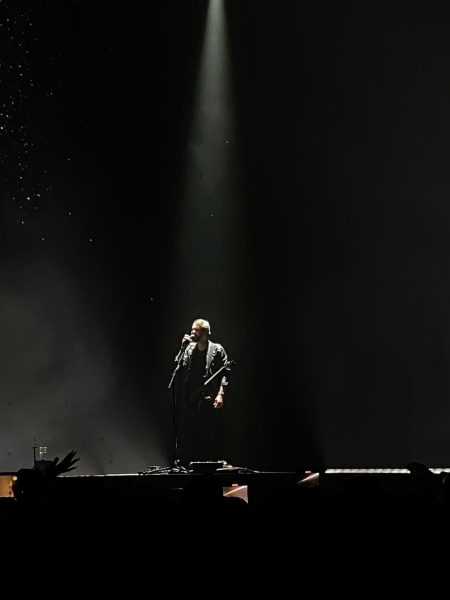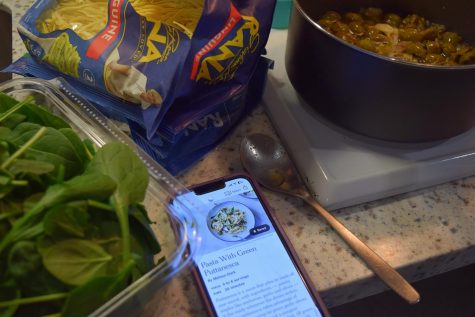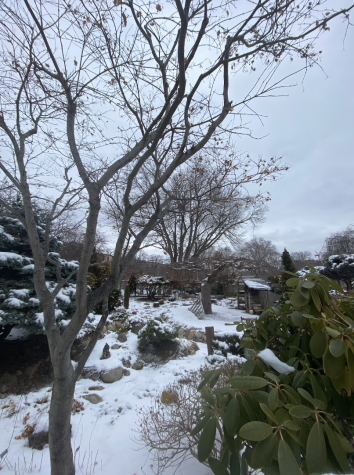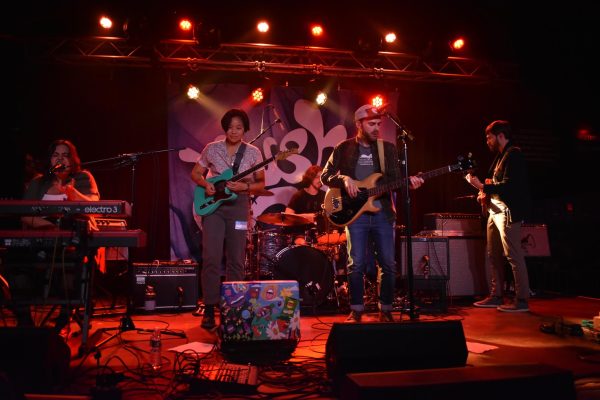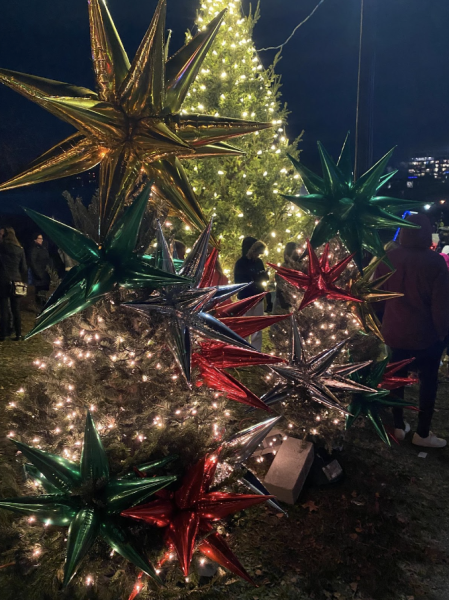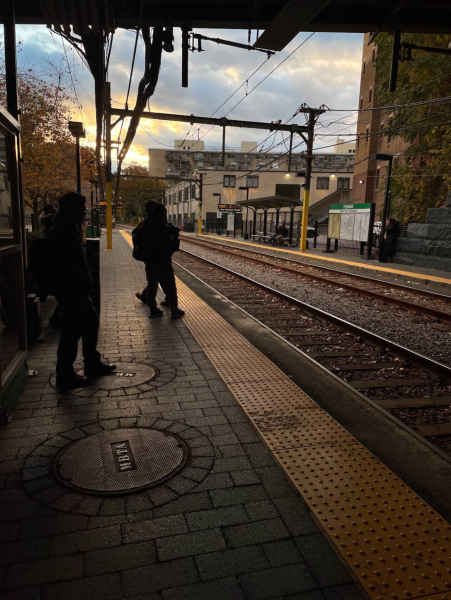Looking Back, and Forward, at the Lesbian Bar
As gay and lesbian bars close across America, lesbians feel the loss most acutely. A Washington Post article from 2018 said that San Francisco, Calif., Philadelphia, Pa., and New Orleans, La. have no lesbian bars left.
“There were many fewer bars for women than there were for guys,” said Philip Daoust, a former patron of gay bars. In the 20th century, bars were gathering places for gay men and lesbians. They could meet others like them without fearing homophobia. Despite the threat of police raids – Daoust recounted bars in which women and men would dance together when police officers came – people kept coming.
In the U.S., acceptance for LGBT people has increased. According to Pew Research Center polling, 35 percent of Americans supported same-sex marriage in 2001, increasing to 62 percent in 2017. Social media, dating apps, and community events create more opportunities to get together. It’s nothing like before.
“People were not out to their families. We had to create spaces that were uniquely ours,” said Daoust. He believes that LGBT youth have a healthier environment to grow up in, and that bars were special places that “we’ve kind of lost now.” Because of technology, standards have changed.
Lesbian bars close for various reasons. For some, it’s financial hardship. For the Hershee Bar in Norfolk, Virginia, the reason shocked its customers. The property owner sold the building to the city. It was to be destroyed, replaced with a dog park. Activists’ attempts to save the bar were unsuccessful.
“Opening the bar in 1983 was a real risk. It was a real risk to everyone who walked through the door at the Hershee Bar,” said Robbin Love to the Washington Post. “It shows you what it means that everyone who walked in there was willing to risk arrest and risk violence just to be there and spend time in their community.”
“People here have given me a real sense of comfort that I probably wouldn’t have found otherwise,” said Barb James in a video about the Hershee Bar. “I haven’t gone to HB’s consistently throughout the 30 years that I’ve been out, but I’ve always returned to it. It’s always been a source of comfort over the years.”
In Washington, D.C., the past is being mixed with the present at two new lesbian bars. XX+ and A League of Her Own ask for patrons’ pronouns, a recent practice in the LGBT community. They allow LGBT women to access part of their community’s history without having to live in a less accepting past.
Kaucylia Brooke, an artist, documents the loss of lesbian bars in America and Europe in a project called “The Boy Mechanic.” In a YouTube documentary, “The Boy Mechanic San Diego by Kaucylia Brooke,” Brooke takes a look at one city’s lesbian bars. She interviews former patrons and visits buildings that were once bars, showing in detail the importance of these places for local LGBT women.
There is no way to save every lesbian bar, but there are ways to remember their impact. Not all who remember history must make art like Brooke, but if we forget, we allow history to be dominated by a heterosexual narrative. Remembering lesbian bars allows the American LGBT community to know itself.



